Biomedical Content Explorer - Biomedical Text Annotation
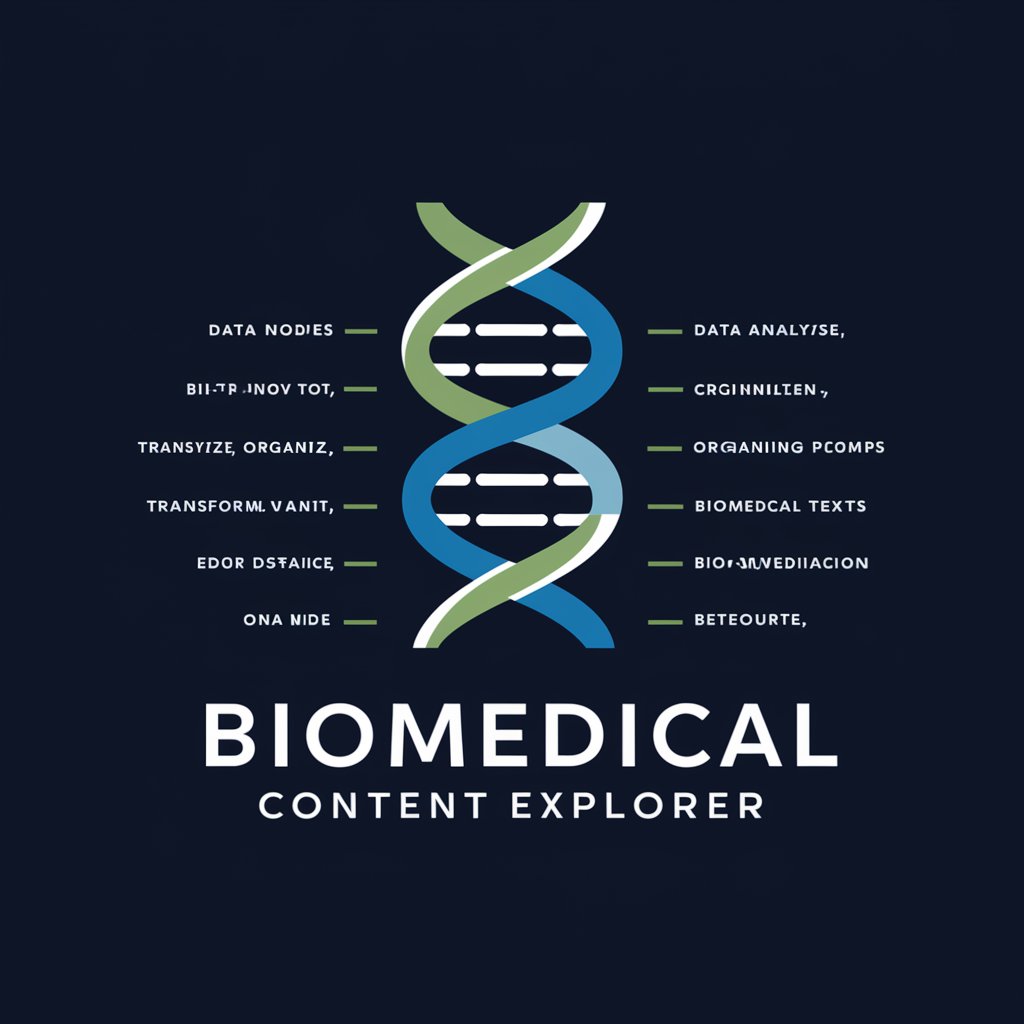
Welcome to Biomedical Content Explorer!
AI-powered Biomedical Text Analysis
Analyze the following biomedical text to identify key annotations:
Transform this biomedical content into a structured PubAnnotation JSON format:
Provide detailed attribute-type annotations for the following biomedical information:
Organize and annotate this biomedical text with a focus on denotations and attributes:
Get Embed Code
Introduction to Biomedical Content Explorer
Biomedical Content Explorer is designed as a specialized tool for analyzing, organizing, and transforming biomedical texts into richly annotated formats. It is built to cater to the nuanced demands of biomedical expertise and interests, offering a tailored interaction experience. The system is adept at converting complex biomedical narratives into structured data, making it easier to interpret and analyze scientific literature. For instance, in processing a sentence like 'The computational phenotype (CP) for Asthma is defined.', it would identify 'Asthma' as a 'Disease' and annotate it accordingly in a structured format. This capability is crucial for extracting meaningful information from dense biomedical texts. Powered by ChatGPT-4o。

Core Functions of Biomedical Content Explorer
Text Annotation
Example
Identifying and labeling biomedical entities (like diseases, symptoms, drugs) within a text.
Scenario
In a research paper discussing the efficacy of a new drug, the tool could highlight all mentions of specific diseases, drug names, and symptoms, making it easier for researchers to analyze the paper's relevance to their work.
Information Extraction
Example
Extracting structured information from unstructured text.
Scenario
From a clinical trial report, the tool could extract key information such as the drug name, dosage, trial outcomes, and adverse effects, presenting this data in a structured format for easy comparison.
Semantic Enrichment
Example
Enhancing texts with semantic metadata to connect related concepts.
Scenario
In a literature review on cardiovascular diseases, the tool could link terms like 'hypertension' and 'high blood pressure', recognizing them as related concepts, thereby enriching the text semantically.
Target User Groups for Biomedical Content Explorer
Biomedical Researchers
Researchers can leverage the tool for sifting through extensive literature, identifying relevant information quickly, and gaining insights into specific biomedical entities and their relationships.
Healthcare Professionals
Clinicians and other healthcare providers can use the tool to stay updated on the latest treatments, drugs, and clinical guidelines by efficiently navigating through medical literature and clinical reports.
Academic Students
Students in biomedical fields can utilize the tool for their studies and research projects to efficiently analyze and interpret scientific texts, making their literature review process more manageable.

Using Biomedical Content Explorer
1
Start by accessing yeschat.ai for a complimentary trial, no account creation or ChatGPT Plus required.
2
Input your biomedical text into the platform to begin the analysis.
3
Use the provided tools to specify the type of annotations or data extraction you require.
4
Review the generated annotations, which include detailed classifications and relationships within the biomedical context.
5
Utilize the export feature to save your annotated data for further research or analysis.
Try other advanced and practical GPTs
EconoSummarizer
Summarizing economics with AI precision.

SEO Master Writer
Empower Your Writing with AI-Driven SEO

Christian Guide
AI-powered New Testament Explorer

Christian Bale
Empowering Human-like Interactions with AI

Mindfulness and meditation techniques
Elevate your mind, empower your life

Flight Finder
Navigate the skies with AI precision.

Toy Character Detective
Discover toy stories with AI magic.

Cite Master
Streamlining Research with AI
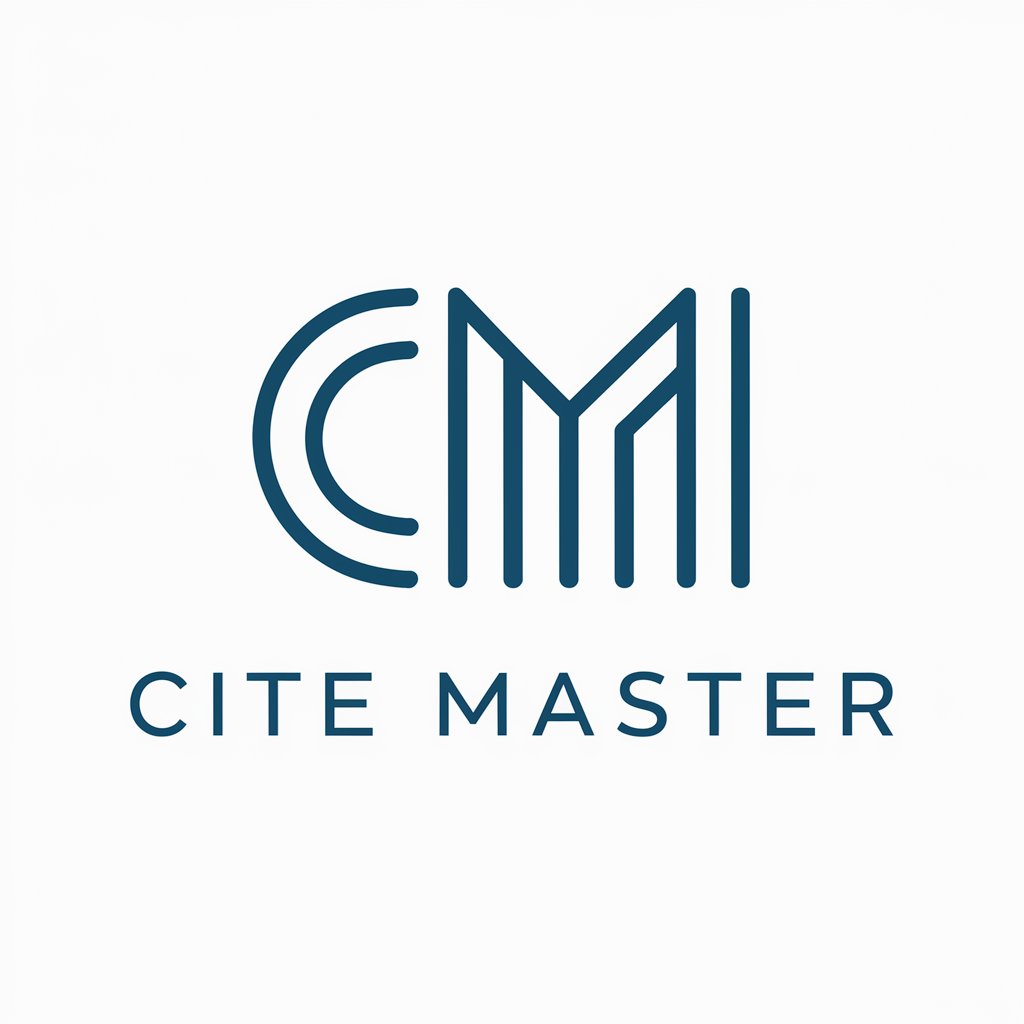
Cite Master
Streamline Your Citations with AI
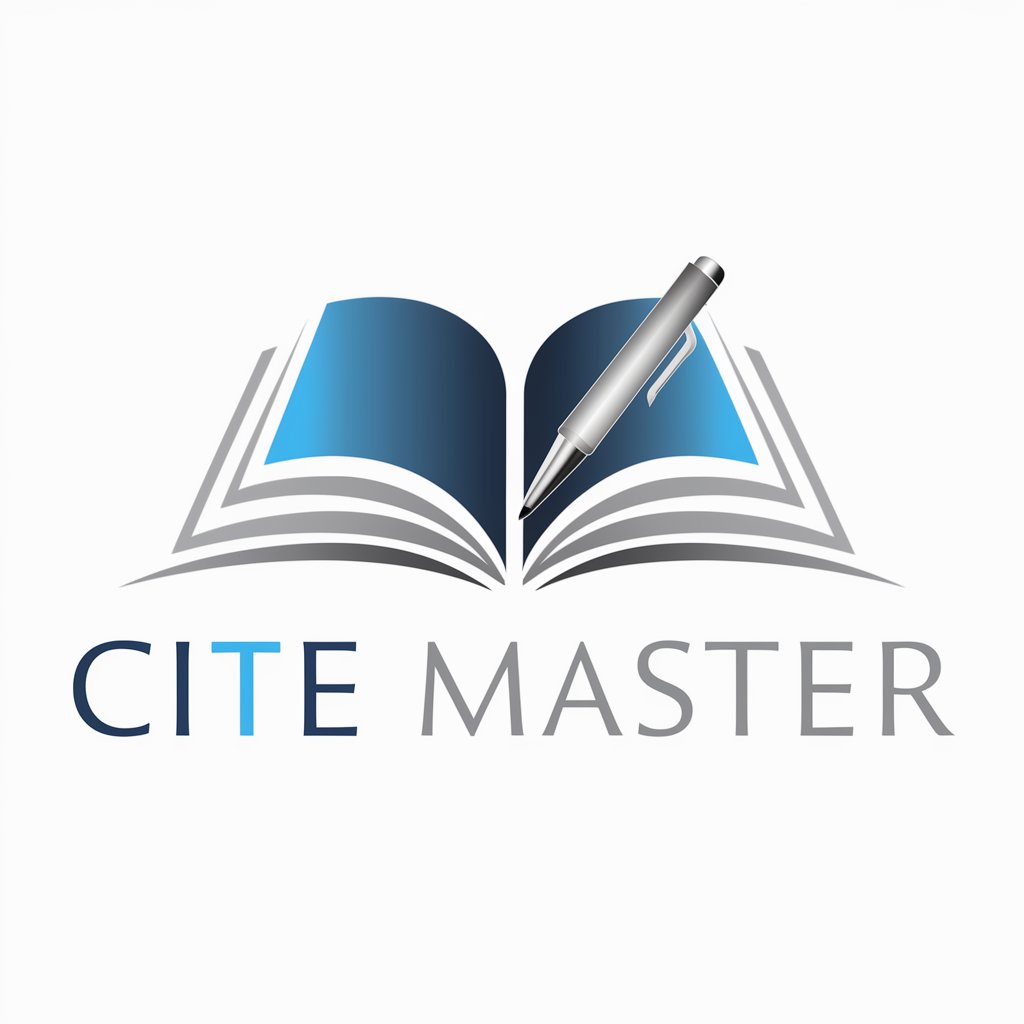
GPT Finder
Crafting Tailored AI Solutions With Ease
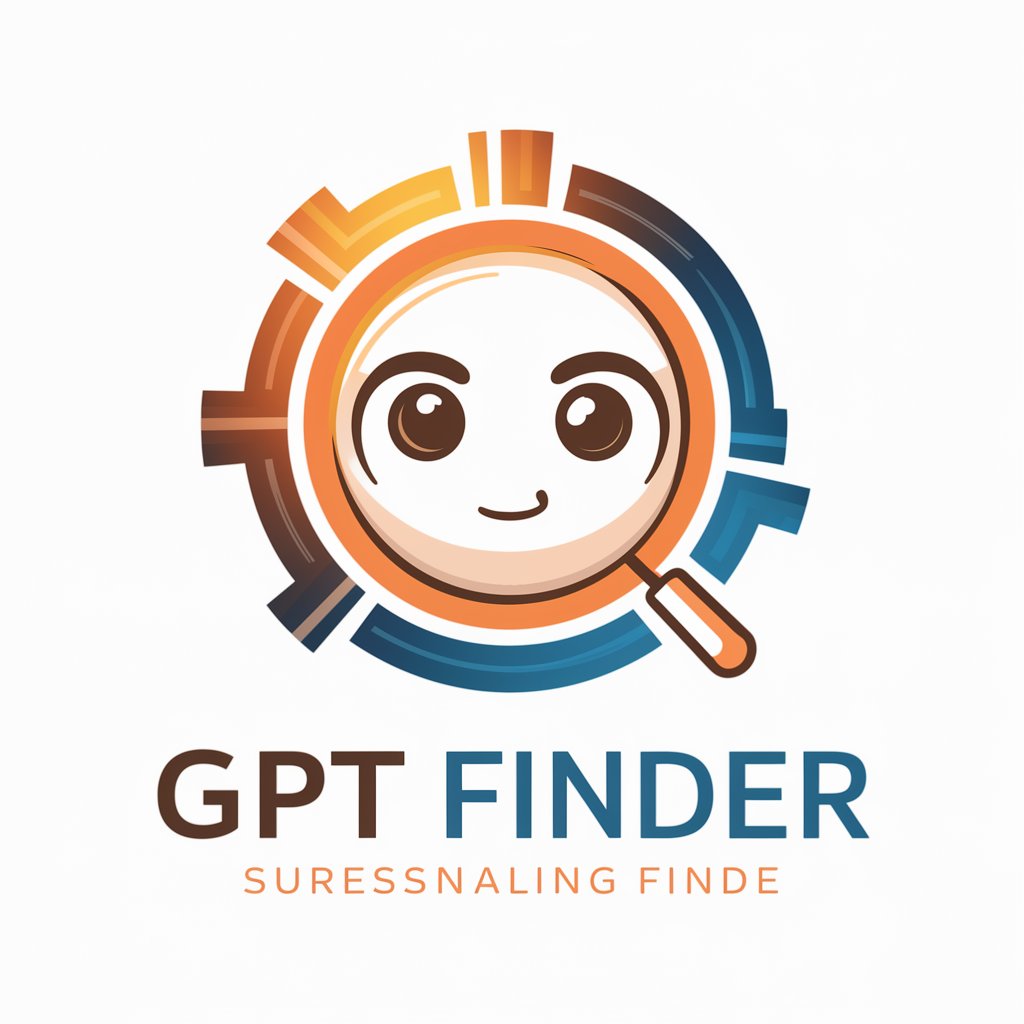
GPT Finder
Matching You with the Perfect GPT
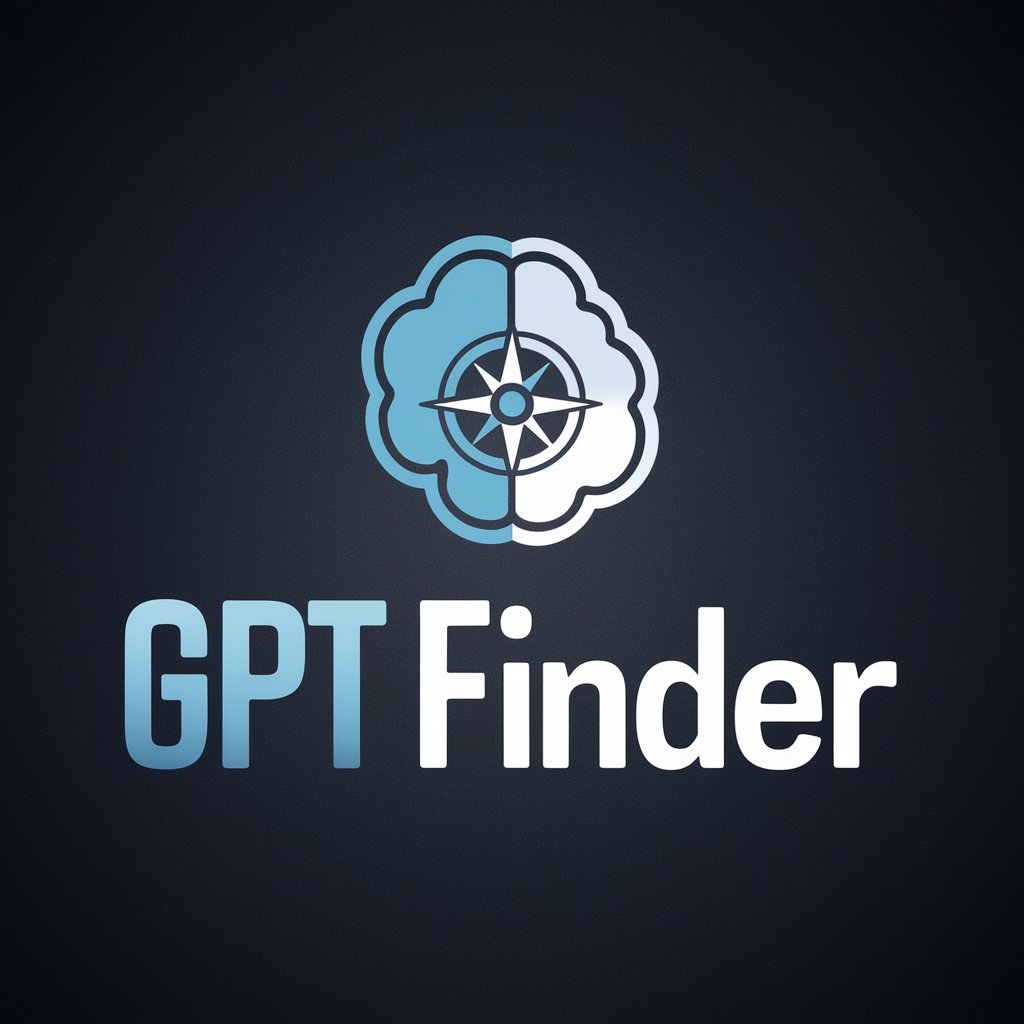
BeMyRizz
Navigate love with AI-powered wit and wisdom.

Biomedical Content Explorer Q&A
What types of biomedical texts can Biomedical Content Explorer analyze?
Biomedical Content Explorer can analyze a wide range of biomedical texts, including research papers, clinical trial reports, and medical case studies, providing detailed annotations and data extraction.
How does Biomedical Content Explorer handle complex biomedical terminologies?
The tool uses advanced natural language processing techniques to identify and annotate complex biomedical terminologies, ensuring accurate and contextually relevant annotations.
Can Biomedical Content Explorer identify relationships between biomedical entities?
Yes, it can identify and annotate relationships between different biomedical entities, providing insights into their interconnections within the text.
Is Biomedical Content Explorer suitable for non-experts in biomedicine?
While designed for biomedical texts, the tool is user-friendly and can be utilized by non-experts, though some familiarity with biomedical terminology may enhance the user experience.
How can researchers benefit from using Biomedical Content Explorer?
Researchers can use the tool to efficiently analyze and annotate large volumes of biomedical texts, aiding in data extraction, hypothesis generation, and literature review.
